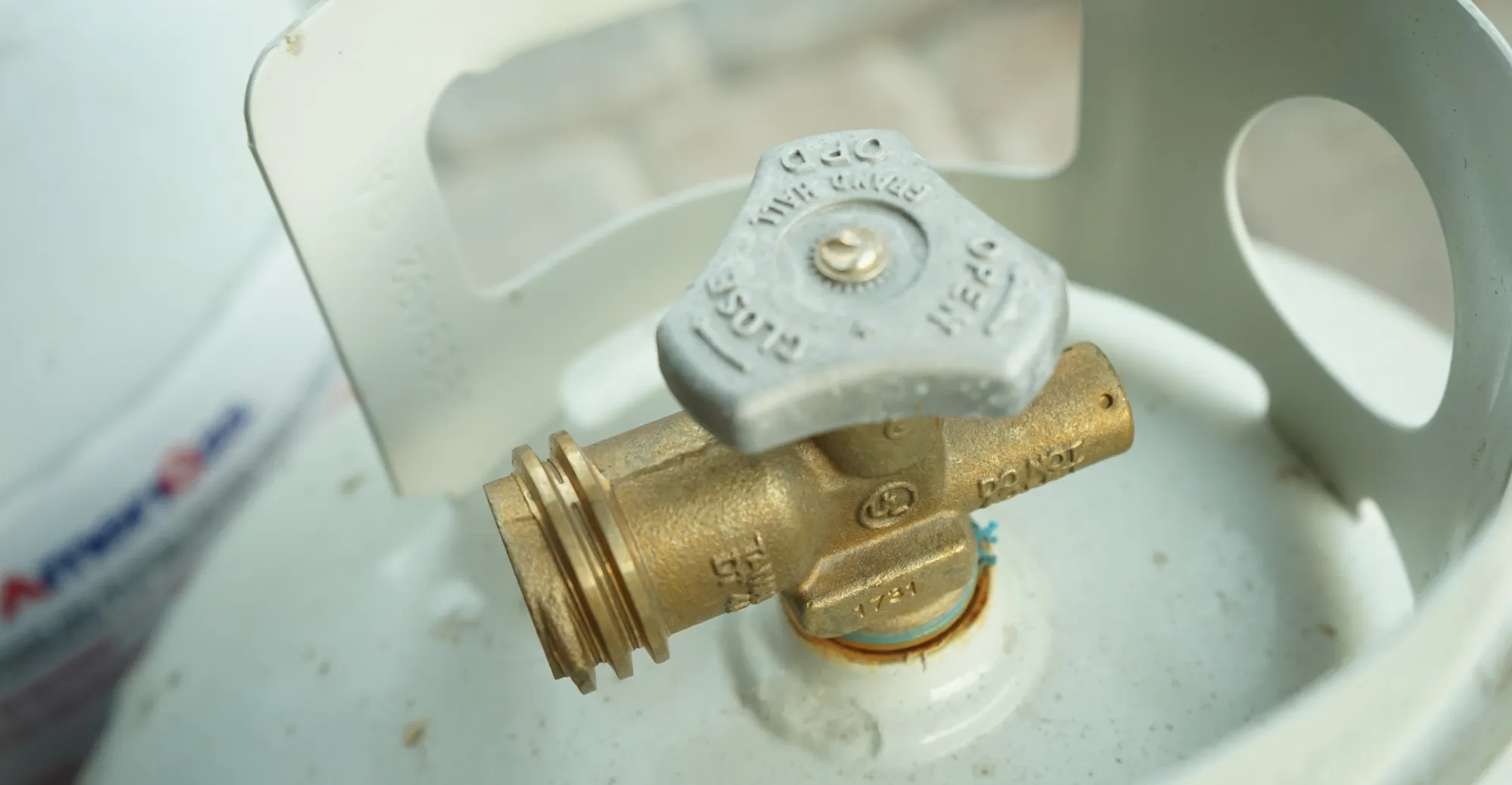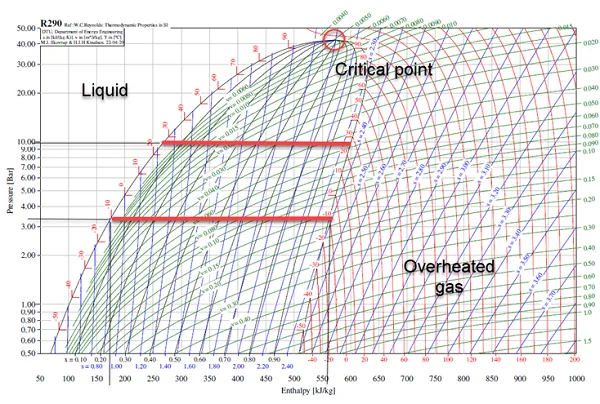
R290 Propane
Propane as a Natural Refrigerant
R290
Natural refrigerants are a hot topic. With more and more onshore utility-based installations switching to natural gas, what’s the situation in the maritime industry? Selecting the right refrigerant is no easy task as each type has its own pros and cons. In this series of blogs we explore the most common natural refrigerants to help you decide which best suits your specific application.
Propane is a well-known gas that is used as a fuel for patio heaters, gas barbecues and even vehicles. In a more purified form where it has been stripped of moisture, unsaturated hydrocarbons and other contaminants, it is an excellent refrigerant.
To give you a comprehensive overview we are comparing every refrigerant on the following fixed set of properties:
| Thermodynamic properties | Safety | Sustainability |
| Temperatures | Flammability | GWP |
| Pressures | Toxicity | Ozone depletion |
| Latent heat capacity | Pressure | Energy efficiency |
| Corrosive |
All starting points are the same for every refrigerant, including the temperatures below:
Evaporation temperature: -10°C
Condensation temperature: 25°C
Overheating 20K
Subcooling 5K

Figure 1: H-log/P diagram R290
Thermodynamic properties
Propane has very good thermodynamic properties similar to that of R22, which has been phased out for a while. It is perfectly suitable for use in chilled water systems.
- Evaporation and condensation temperature
R290 has a high temperature range and with a critical point above 96°C can easily be used with seawater condensers. The triple point lies at -188°C, making it suitable for both chilled water and provision cooling purposes. - Evaporation and condensation pressure
The pressure range is comparable with that of ammonia. At an evaporating temperature of -10°C the absolute pressure is around 3,4 bar; at a condensation temperature of 25°C the absolute pressure is around 10 bar. - Latent heat capacity
Latent heat values are quite decent. The enthalpy at the -10°C line will be around 380 kJ/kg.
Safety
Propane is highly flammable! It is classified as A3.
|
Safety group |
Lower toxicity |
Higher toxicity |
| High flammability |
A3 |
B3 |
| Flammable |
A2 |
B2 |
| Lower flammability |
A2L |
B2L |
| No flame propagation |
A1 |
B1 |
- Flammability
Propane is the third most common vehicle fuel after gasoline and diesel. So yes, it is highly flammable and explosive. The installation needs to be equipped with sensors that detect leakage. - Toxicity
R290 is not toxic, however it does displace oxygen in a confined space. Measures such as proper ventilation must be applied to avoid asphyxiation. - Pressure
R290 has no pressure issues. - Corrosion
Inhalation, eye and skin contact needs to be avoided, R290 is not corrosive for the installation’s materials.
Sustainability
Propane has low GWP and ozone depletion values. Leakages have hardly any effect on the environment. The high efficiency contributes to fewer CO2 emissions from generators.
- GWP & ozone depletion
As the global warming potential of propane is 3 it makes almost no contribution to the greenhouse effect. With the ozone depletion capacity equal to 0, emissions have no effect on the ozone layer. - Energy efficiency
The energy efficiency depends on the design at specific temperatures. For an accurate comparison we used the same temperatures value for each refrigerant as specified above. Based on these conditions the EER is 4.3. This can be improved with smart system design.
Conclusion
Propane is a multi-functional substance that is used for many different applications, like fuel and it also is an excellent refrigerant. With thermodynamic properties that are comparable to that of synthetics like R-22 and R134a. The only downside is its very high flammability.
Please note that the values and calculation given in this article have been simplified in order to give you a general overview of the pros and cons of this refrigerant. More specific information is needed for a detailed calculation and we strongly recommend contacting one of our engineers if you are considering the use of natural refrigerants.
Want to learn more about natural refrigerants? You can download our extensive whitepaper here.